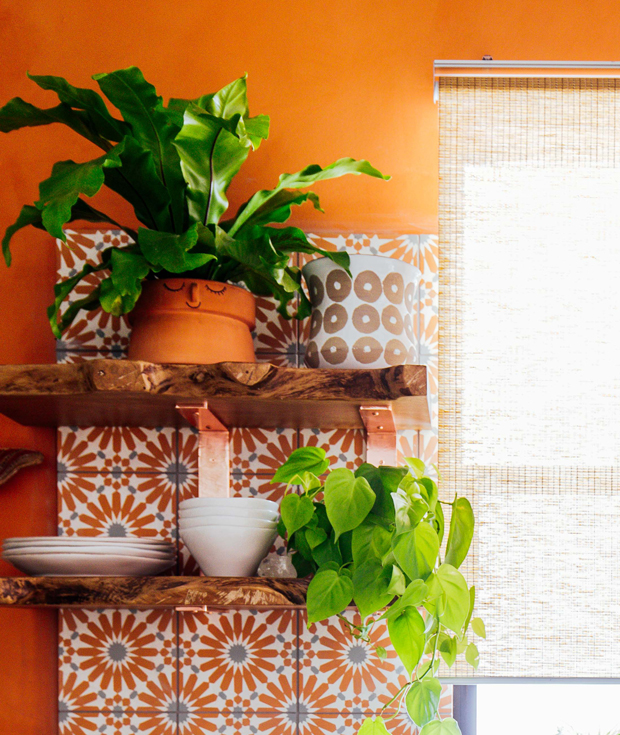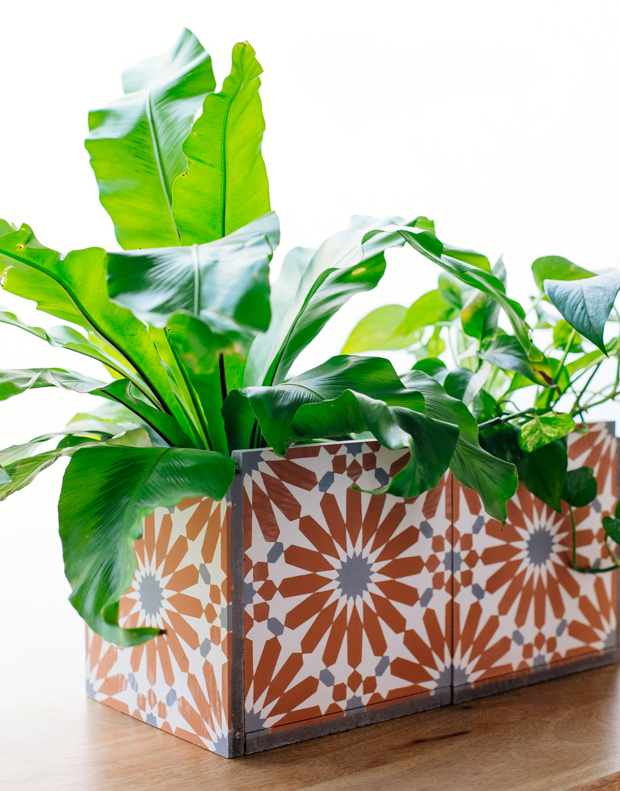A question we get a lot is 'What fern can I keep alive'? While ferns are certainly not members of the easy-care club, Asplenium nidus, aka the Bird's Nest Fern, is one that won't turn sad and crispy instantly in the drier confines of the average home. With some attention to the humidity situation around it, and consistent watering, you'll see this long leafed fern thrive.
Native to tropical regions, the Bird's Nest Fern is actually an epiphyte (meaning it grows non-parasitically on another plant, rather than in the ground), growing high up in the crook of tree branches and collecting nutrients from the organic materials and water that fall into the center of its 'nest'. In the wild, the leaves can grow to be 4-5 feet long! Indoors, leaf length is usually confined to 1-2 feet, making it a little easier to find a good spot for it.
GET THE GREEN: Bird's Nest Fern (Asplenium nidus)
WATER: Keep the soil evenly moist to the touch, but not soggy. Added humidity is a must with this plant. Try using a humidifier, a humidity tray (a saucer filled with pebbles and water, with the water coming to just below the surface of the pebbles, which you set the plant directly on top of), or even just placing it in a humid room like a bathroom or kitchen.
SUNLIGHT: Bright indirect to medium indirect light. Avoid direct sun, though a small amount of morning sun is generally tolerable.
PLACEMENT: Asplenium nidus prefer to be a bit 'root bound', meaning kept in a small pot (relative to the size of their root ball), so the plant may grow to be top heavy, tipping it's pot over. A wide plant stand may help stabilize, or just group it with other plants that can help support it. We also love using it as 'hair' in planters with faces.
EXTRA CREDIT: This tropical beauty likes it warm! Temperatures below 60 degrees are difficult for this plant to tolerate. Avoid drafty areas, which may turn the leaf edges brown.
WORD OF CAUTION: According to the University of California, Asplenium nidus are non-toxic to cats and dogs. As always, consult your veterinarian and use caution whenever bringing a new plant into your home.
Learn how to make this DIY cement tile planter here!


